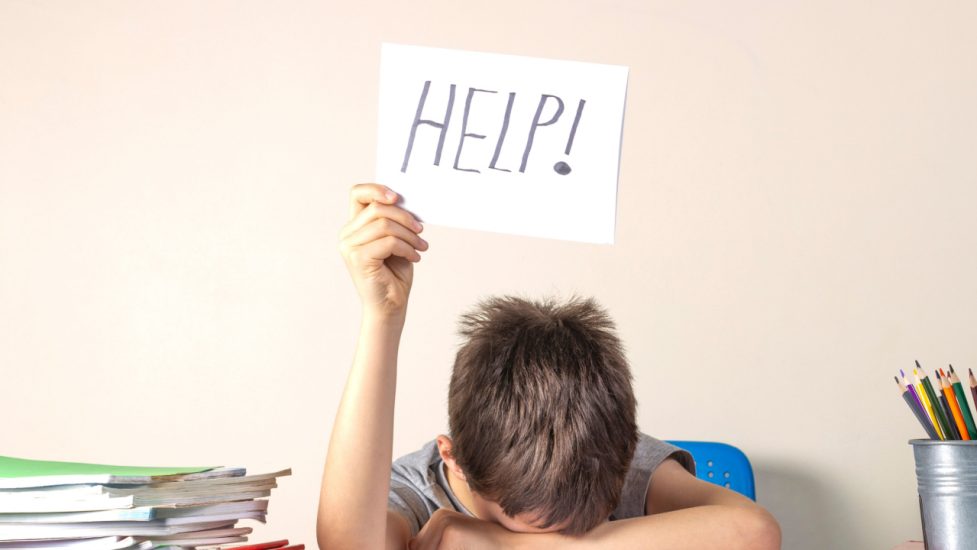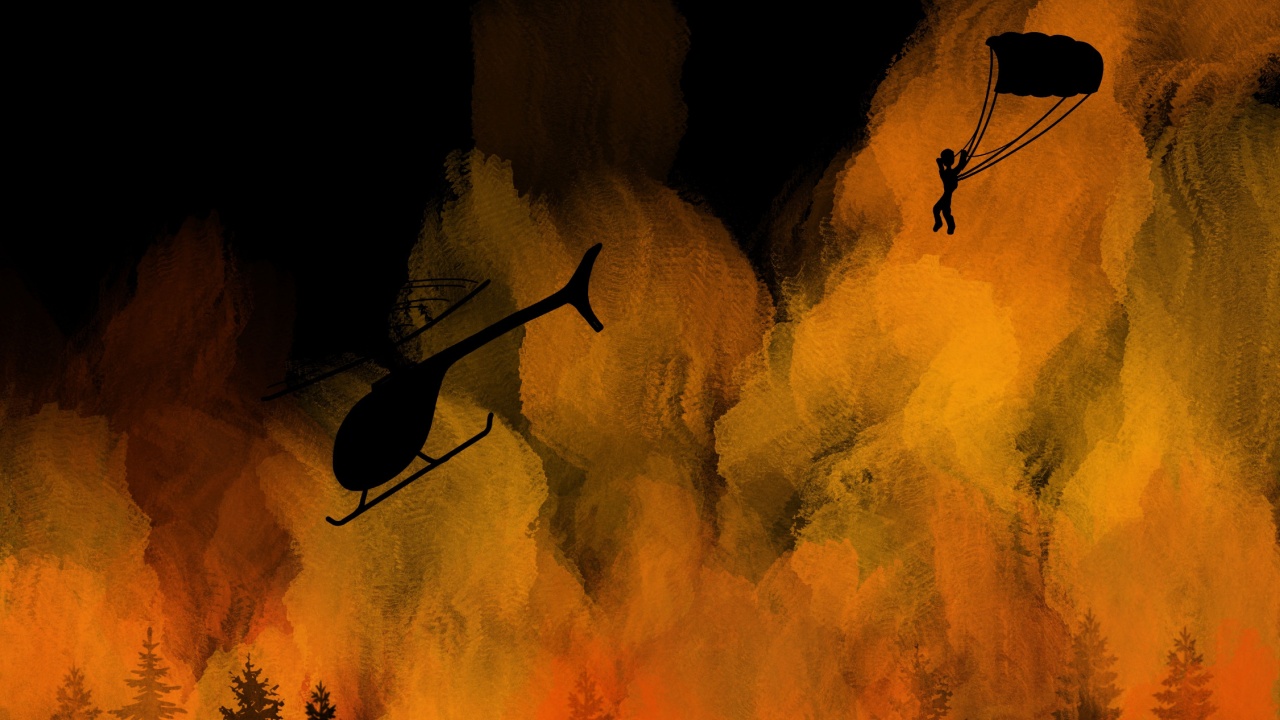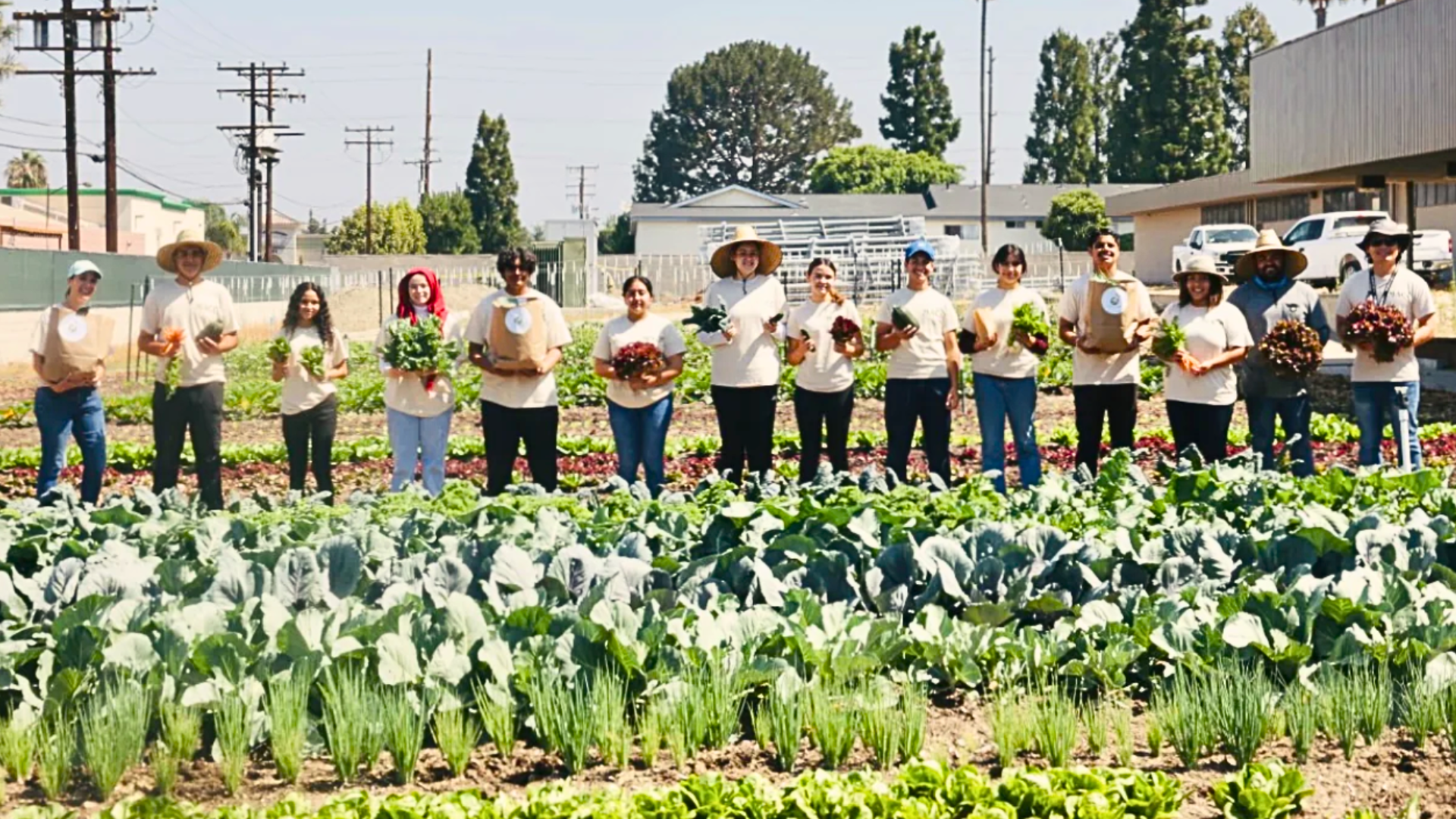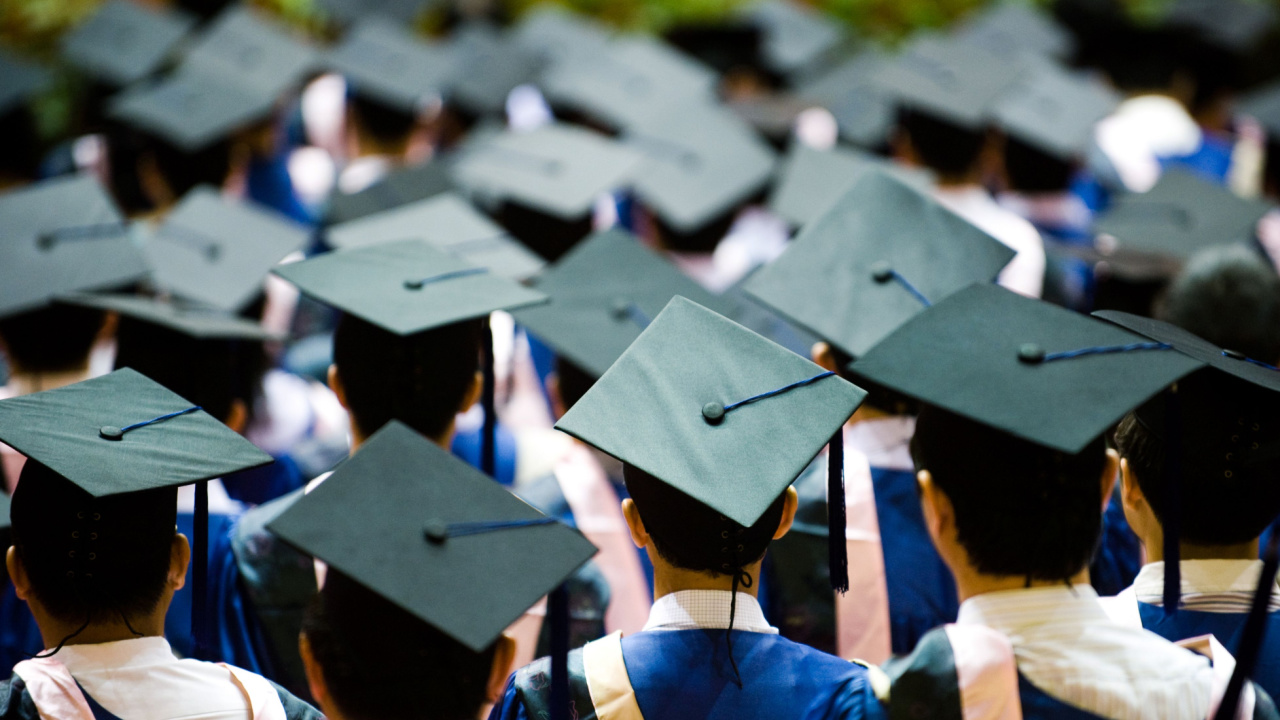The COVID-19 pandemic took a toll on society, impacting our health, our workforce, and our students. Many are still feeling the effects of the pandemic, especially students whose learning was interrupted or slowed. Now, educators, parents, and policy makers are looking at ways to reverse the learning loss damage already done and prevent it from further impacting access to economic opportunities.
The School Pulse Panel from the National Center for Education Statistics (NCES) recently released data showing that 44% of students began the current school year with an academic knowledge level below their grade level in at least one subject. Compare that to the 36% of students who were struggling pre-pandemic.
Another report, The Nation’s Report Card issued by the National Assessment of Educational Progress (NAEP), shows 13-year-olds are struggling academically. The Long-Term Trend (LTT) results find a decline of four points in reading and nine points in math compared to the previous assessment from the 2019-2020 academic year.
Even more dramatic, “Compared to a decade ago, the average scores declined seven points in reading and 14 points in mathematics,” according to the data.
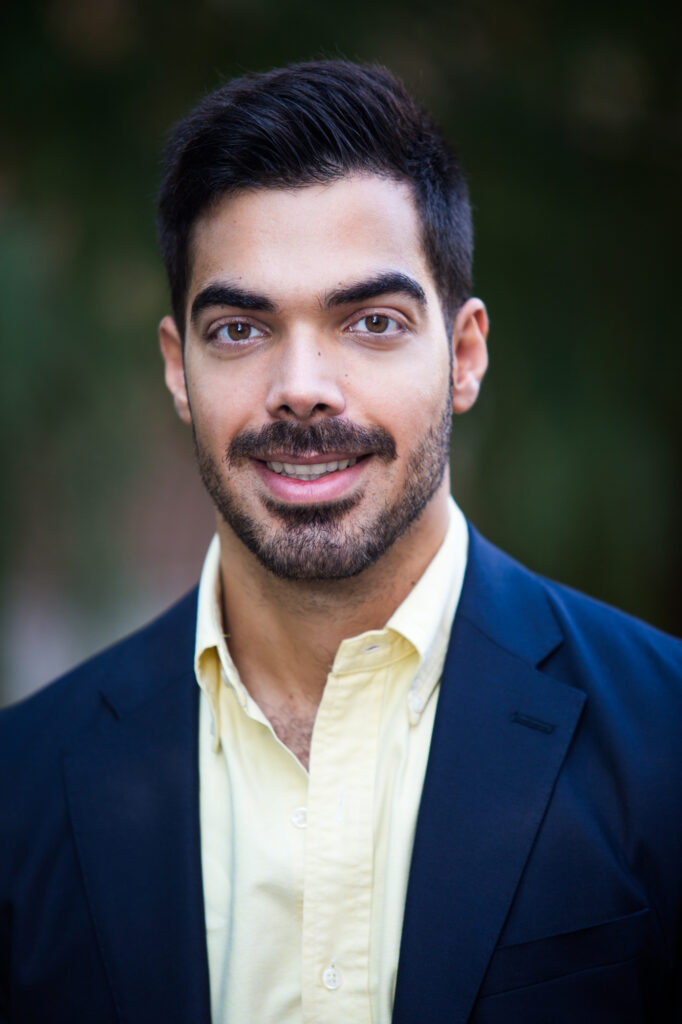
There are likely numerous reasons for the drops in scores, according to Sofoklis Goulas, Ph.D., fellow with Brookings.
“It is most likely a composite effect. We can suspect that it is related to distancing from traditional instructional approaches because school systems knew how to educate students in the classroom and, all of a sudden, they had to change that approach and find a new way to deliver instruction. And this disruption might have negatively impacted some students.”
Goulas continues, “Of course, having students not learning at school, but learning at home also creates pressure in the household because some students might not have their own space. They might not have their own devices. There might not be enough of a quiet environment in the household for students to learn as effectively as they would at school.”
He adds, “Most attention is focused on students in K through 12, but they’re not the only ones who are likely to have suffered learning losses. Students of all ages are likely to have been impacted.”
Carolyn D. Jones, president of the National Career Development Association agrees, “I believe this learning loss is from kindergarten through college, through adulthood.”
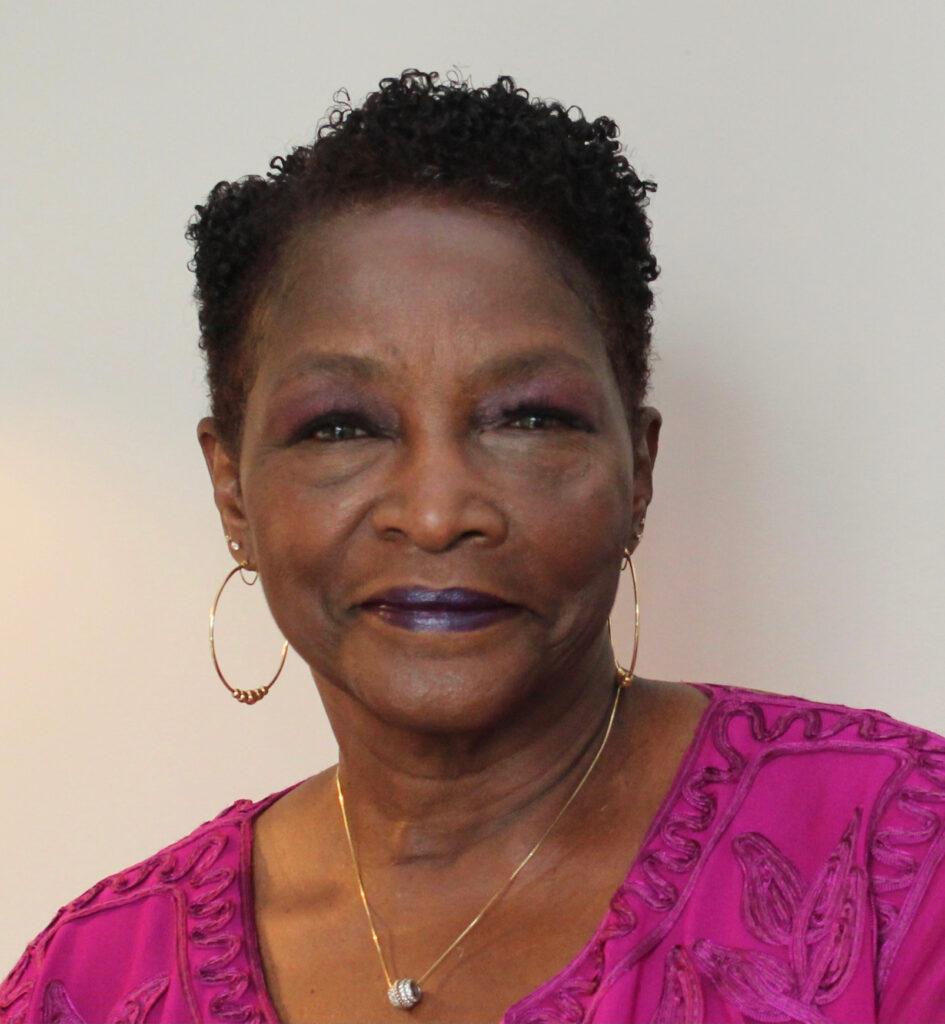
She says, “Learning loss to me is on-the-jobsite learning loss, career learning loss, but also life changes and life adjustments to learning.”
Sofoklis notes there is variance in the impacts experienced by students. “There is huge variation. Even though we flag those pandemic-related impacts as learning loss, there are students for whom there were actually learning gains. For some students learning at home with parents or grandparents who are highly educated might have allowed for greater leaps in academic knowledge than the leaps they would have at school.”
“But we try to focus more on those who were negatively impacted. From a policy perspective, we are worried about losses,” she adds.
Jones adds that a variety of factors contribute to learning loss. “Race, ethnicity, geographic location, socioeconomic status. I don’t think it’s easy to compartmentalize it. It’s a larger scope of issues and concerns.”
‘I fear that learning losses will translate into people not being able to keep up’
Sofoklis explains, “Knowledge is usually a scaffolding process. Having suffered learning losses means that you didn’t have an opportunity to build a scaffold that will help you reach higher levels of knowledge.”
“In a world where things change fast and people need to relearn all the time, and people need to acquire, need to be comfortable and confident to teach themselves new stuff, I fear that learning losses will translate into people not being able to keep up. I suspect that we are likely to see those learning losses manifesting in data that will come up about the skills frontier.”
Additionally, he says, “For students to catch up, they must progress in a year more than they learned in the past. And so there is a limit to how much the system can help students learn in a year. The problem with learning losses is that for students who are very close to the exit of the system, there is not enough runway to produce the extraordinary knowledge gains in the limited time they have in the system to make up for those losses. They might conclude their school career with those learning losses still there.”
Expecting teachers to singlehandedly close that learning gap is a big ask. “Education relies a lot on teachers. Of course. That’s the biggest ingredient of the recipe,” says Sofoklis. “Other things matter, too. Resources, infrastructure, funding, et cetera may contribute, but it is true that there are limits to how much the machine can accelerate.”
Both Sofoklis and Jones say younger students may have more “runway” to make up for academic losses. She points out, “My grandson who’s now 9, started kindergarten remotely during COVID. He’s in that group that has this opportunity to now catch up with his work.”
The Implications for Economic Mobility
“The learning losses, the disruption, the pandemic costs are likely to exacerbate some of those inequalities because school is meant to create opportunities,” says Sofoklis.
“I believe that people will eventually learn how to read, but to code, to do advanced math that is required in an engineering role, those opportunities that you might have – had the pandemic not happened might not be there. People are likely to, at some point, acquire the basic things. But what about the potential? What about the more advanced stuff?”
‘There has to be intentional supplemental work that’s done’
“It is definitely too soon in the sense that it takes time, first of all, for those outcomes to be realized and then to be measured, and then those measured outcomes to be available to researchers,” explains Sofoklis.
“I think if we had some wonderful, phenomenal way to fix this, I would say do some assessment on where we are, what’s going on with our students in the classroom, what are some ways that we may be able to implement additional learning opportunities for them,” says Jones. “There has to be intentional supplemental work that’s done.”
She adds, “One of the things that NCDA has done is we partnered with the College Board. We pulled together a guide for parents on how to advise their children K through 12 in terms of dealing with career choice and career decision-making. ‘Here are some tips. Here are some tools on how to speak to your student or to your child.’”
“We’re very much aware that this has so many deep implications and ramifications for all of our work – teachers, counselors, high school administrators, college administrators.”
Regarding postsecondary opportunities, Sofoklis says, “Institutions talk about the characteristics and knowledge endowments of incoming cohorts, but to some extent, education, especially postsecondary education, is a market in the sense that if they cannot attract enough applicants that meet a certain standard, they would have to lower the standard or prepare a pathway for students to be successful within the programs they offer.”
“So, they advertise some educational service, and they have to make that service attractive. They would take into consideration that incoming cohorts might be coming with lower stock of knowledge than previous cohorts, and I think they will adjust in an organic way. I don’t think that it’s a matter of social responsibility. I think the conditions will force them to adjust.”
Continuing the Conversation
“I think we need to teach students to teach themselves. Even more important than teaching content is to have teachers that serve as examples to the students – to see adults who continue learning throughout their lives. This is the reality today. We have to keep learning constantly,” stresses Sofoklis.
“So being honest and open about that – everybody will have to re-educate themselves a number of times, and have kids mature in that way and not be afraid to explore knowledge. One of the most important skills in the 21st century is to be able to teach yourself to be able to navigate new material, right?”
Jones adds, “The whole learning how to learn – to stand next to a student in a classroom and help them with their assignment is far different than talking to them online. How do we figure out how to fill that void of not having had that face time with students and what programmatically do we need to do to make up for that?”
Sofoklis says, “The natural continuation of this conversation is the question, ‘What can we do?’ There are efforts to create systems that educate students faster, and those include tutoring services.”
“I think technology holds great promise because it might be an economically feasible way to provide high quality content to a lot of students. And this can use either exemplar teachers or grade templates of lesson plans, but centralized resources either for the teachers or the students that are accessible online are likely to help students make up for their learning losses – essentially help them learn faster than before.”
Also looking forward, Jones says, “If there’s an intentional awareness about the implications of what has happened in the past as a result of COVID – so that if, indeed, it happens again – we are better prepared for it.”
She concludes, “We can’t read the future, but if we are not cognizant or aware of the impact that COVID had on us as we do our planning moving forward, then I would be a little worried about that.”

